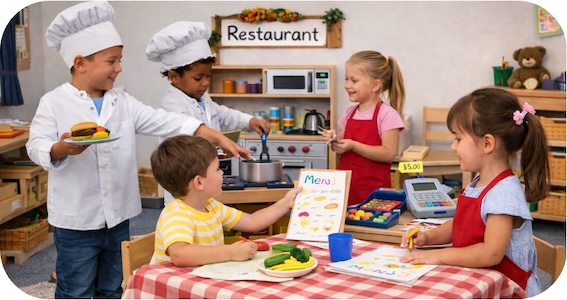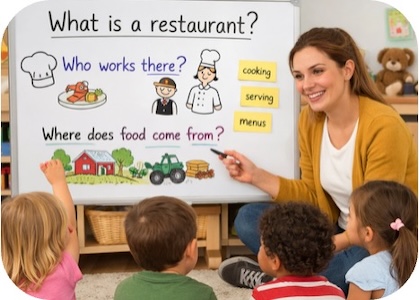Are you curious to explore the secrets?
You’re warmly invited to a Kindiedays Free Webinar on the core strengths of Finnish education—what makes it work in practice and how you can apply the principles in your own context.
Details
- Topic: The Strength of Finnish Education
- Date: Thursday, January 29th
- Time: 11.30-2PM EET / 3-5.30PM IST
- Join Zoom: https://us06web.zoom.us/j/81139739354
- Meeting ID: 811 3973 9354

What you’ll learn
- The main goal of the Finnish Education System
- The principles of Finnish Early Childhood Education and Care
- The learning areas of the Finnish Curriculum
- Practical takeaways you can implement in your preschool
Teachers, school leaders, ECE coordinators, and anyone interested in evidence-informed, learner-centred practice should join.
As a prereader, you can download our Free Info Package "What is Finnish ECE?" HERE.
If you have any questions you’d like addressed, please reply to this email, and I’ll do my best to include them.
Looking forward to meeting you in the webinar,

Stella Giota, Education Specialist
stella@kindiedays.com
.png)




